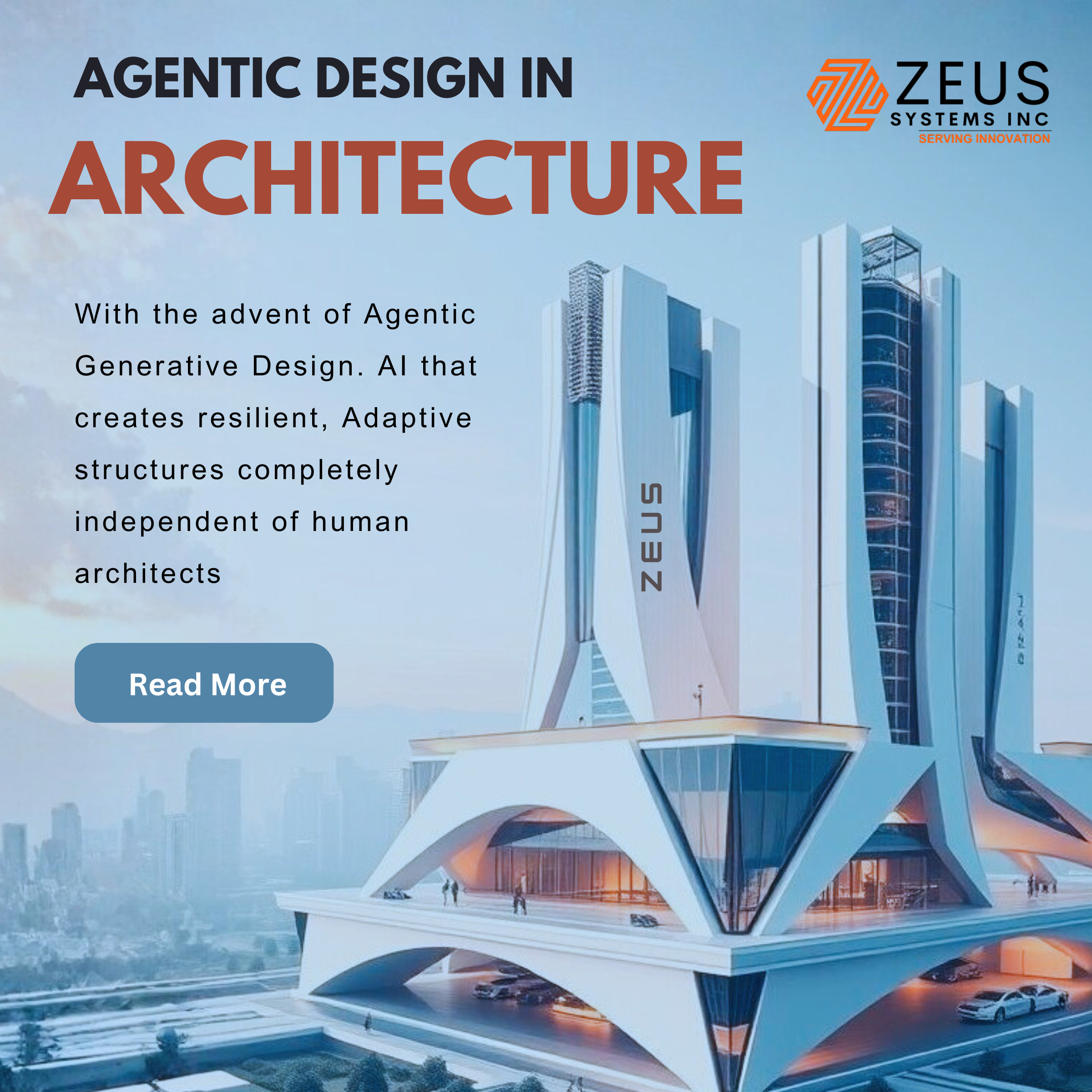In the realm of artificial intelligence, few developments have captured the imagination quite like OpenAI’s ChatGPT. Wit ...
Categories
Post By Date
- November 2025
- October 2025
- September 2025
- August 2025
- July 2025
- June 2025
- May 2025
- April 2025
- March 2025
- February 2025
- January 2025
- December 2024
- November 2024
- October 2024
- September 2024
- August 2024
- July 2024
- June 2024
- April 2024
- March 2024
- February 2024
- January 2024
- December 2023
- November 2023
- October 2023
- September 2023
- August 2023
- July 2023
- June 2023
- May 2023
-
Trends in Cloud Technology
In the realm of technological innovation, cloud technology continues to evolve, captivating hearts and minds alike. With ...
What is Chat-GPT and How powerful it is?
the conversational companion that brings a touch of humanity to our digital interactions. What is Chat GPT?A Conversa ...
3D Mapping using Drones
A journey to the 3D mapping using drones. The latest trend in 3D mapping using drones revolves around enhanced precis ...
-
Circular Economy Platforms Using IoT:
As the world pivots toward a more sustainable future, the concept of the Circular Economy (CE) has emerged as a critica ...
Additive Manufacturing Meets Time: The N...
Additive manufacturing (AM), or 3D printing, revolutionized how we build physical objects—layer by layer, on demand, wi ...
AI-Driven Financial Regulation: How Pred...
In today’s era of digital transformation, the regulatory landscape for financial services is undergoing one of its most ...
Space Tourism Research Platforms: How Co...
Introduction: Space Tourism’s Hidden Role as Research Infrastructure The conversation about space tourism has largel ...

- Raj
- October 20, 2025
- 2 months ago
- 4:40 pm
In the rapidly evolving world of architecture, we are on the cusp of a transformative shift, where the future of building design is no longer limited to human architects alone. With the advent of Agentic Generative Design (AGD), a revolutionary concept powered by autonomous AI systems, the creation of buildings is set to be completely redefined. This new paradigm challenges not just traditional methods of design but also our very understanding of creativity, form, and the intersection between resilience and technology.
What is Agentic Generative Design (AGD)?
At its core, Agentic Generative Design refers to AI systems that not only generate designs for buildings but autonomously test, iterate, and refine these designs to achieve optimal performance—both in terms of aesthetic form and structural resilience. Unlike traditional generative design, where humans set parameters and goals, AGD operates autonomously, with the AI itself assuming the role of both the creator and the tester.
The term “agentic” refers to the system’s ability to make independent decisions, including the evaluation of a building’s structural integrity, environmental impact, and even its social and psychological effects on inhabitants. Through this model, AI doesn’t just act as a tool but takes on an agentic role, making autonomous decisions about what designs are most viable, even rejecting concepts that fail to meet predefined (or dynamically created) criteria for performance.
Autonomy Meets Architecture: A New Age of Design Intelligence
The architecture industry has long relied on human intuition, creativity, and experience. However, these aspects are inherently limited by human biases, physical limitations, and the complexity of integrating countless variables. AGD takes a radically different approach by empowering AI to be self-guiding. Imagine a fully autonomous design agent that can generate thousands of building forms per second, testing each for factors like load-bearing capacity, wind resistance, natural light optimization, sustainability, and thermal efficiency.
Key Innovations in AGD Architecture:
- Real-Time Feedback Loops and Autonomous Testing:
One of the most groundbreaking aspects of AGD is its ability to autonomously test the resilience of building designs. Using advanced multidisciplinary simulation tools, AI-driven agents can predict how a building would fare under various stresses, such as earthquakes, flooding, extreme weather conditions, and even time-based degradation. Real-time data from the built environment could be fed into AGD systems, which adapt and improve designs based on the performance of previous models. - Self-Optimizing Structures:
In AGD, buildings aren’t just designed to be static; they are conceived as self-optimizing entities. The AI agent will continuously refine and alter architectural features—such as structural reinforcements, material choices, and spatial layouts—to adapt to changing environmental conditions, usage patterns, and climate shifts. For instance, a skyscraper’s shape might subtly shift over the years to account for wind patterns or the building’s energy consumption might adapt to optimize for seasonality. - Emotional and Psychological Resilience:
AGD will take into account more than just physical resilience; it will also evaluate the psychological and emotional effects of a building’s design on its inhabitants. Using AI’s capabilities to analyze vast datasets related to human behavior and psychology, AGD could autonomously optimize spaces for well-being—adjusting proportions, lighting conditions, soundscapes, and even the arrangement of rooms to create environments that promote emotional health, reduce stress, and foster collaboration. - Autonomous Material Selection and Construction Methodologies:
Rather than simply designing the shape of a building, AGD could also autonomously select the most appropriate materials for construction, factoring in longevity, sustainability, and the environmental impact of material sourcing. For instance, the AI might choose self-healing concrete, bio-based materials, or even 3D-printable substances, depending on the design’s environmental and structural needs. - AI as Architect, Contractor, and Evaluator:
The integration of AGD systems doesn’t stop at design. These autonomous agents could theoretically manage the entire lifecycle of building creation—from design to construction. The AI would communicate with robotic construction teams, directing them in real-time to build structures in the most efficient and cost-effective way possible, while simultaneously performing self-assessments to ensure the construction meets the required performance standards.
The Ethical and Philosophical Considerations
While AGD represents a monumental leap in design capability, it introduces ethical questions that demand careful consideration. Who owns the design decisions made by an AI? If AI is crafting buildings that serve human needs, how do we ensure that its decisions align with societal values, sustainability, and equity? Could an AI-driven world lead to architectural homogenization, where cities are filled with buildings that, while efficient and resilient, lack cultural or emotional depth?
Moreover, as AI agents take on roles traditionally held by architects, engineers, and urban planners, there is the potential for profound shifts in the professional landscape. Human architects may need to transition into roles more focused on oversight, ethics, and creative collaboration with AI rather than the traditional, hands-on design process.
The Future of Agentic Generative Design
Looking ahead, the potential for AGD systems to shape our built environment is nothing short of revolutionary. As these autonomous systems evolve, the distinction between human creativity and machine-driven design could blur. In the distant future, we might witness the rise of self-aware building designs—structures that evolve and adapt independently of human intervention, responding not only to immediate physical factors but also adapting to changing cultural, environmental, and emotional needs.
Perhaps even more radically, the concept of digital twins of buildings—AI simulations that mimic real-world environments—could be used to model and continuously optimize real-world structures, offering architects a real-time, virtual testing ground before committing to physical construction.
Conclusion: A Paradigm Shift in Design
In conclusion, Agentic Generative Design in Architecture represents a monumental shift in how we approach the creation and development of the built environment. Through autonomous AI, we are on the brink of witnessing a world where buildings aren’t just designed—they evolve, adapt, and test themselves, continuously improving over time. In doing so, they will not only redefine architectural form but also redefine the resilience and adaptability of the structures that will house future generations. As AGD becomes more advanced, we may soon face a world where human architects and AI designers work in seamless collaboration, pushing the boundaries of both technology and imagination. This convergence of human ingenuity and AI autonomy could unlock previously unimagined possibilities—making cities more resilient, sustainable, and humane than ever before.

